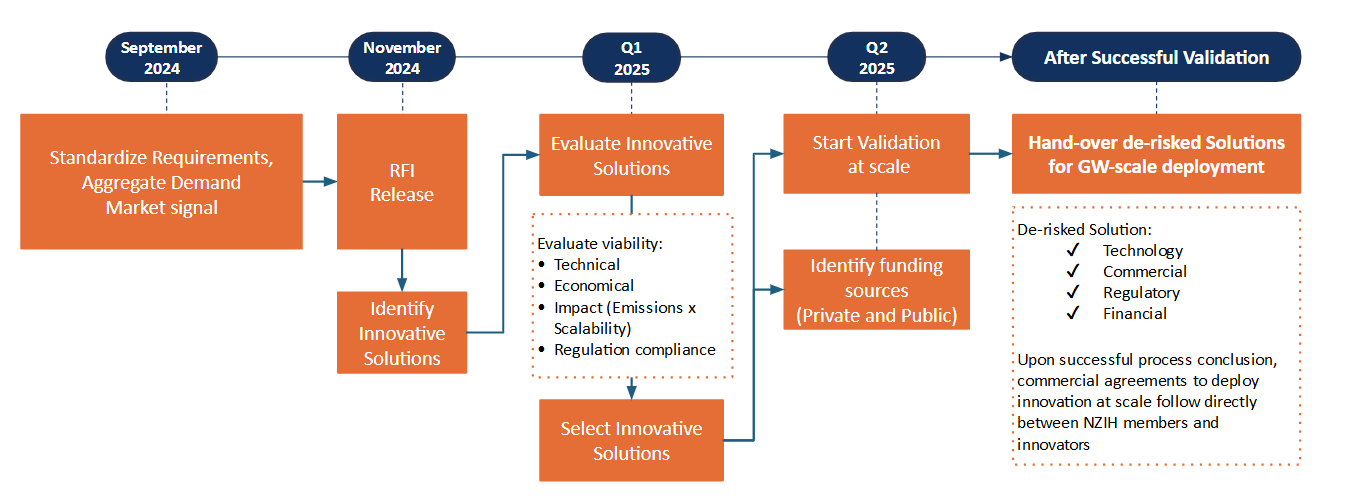Request For Innovation:
Net Zero Data Center
Back-up Power Solutions

The Net Zero Innovation Hub for Data Centers (NZIH) was founded to accelerate the deployment at scale of innovative Net Zero solutions in the AI-era.
Danfoss, Data4, Google, Microsoft, Schneider Electric and Vertiv launch the first RFI of its kind in Europe, intended to accelerate the deployment of innovative solutions which can substitute diesel back-up generators.
Back-up power is a necessary requirement in data center design to guarantee uptime and resilience. These powerful and redundant energy assets can instantly and seamlessly take over the entire data center load, and they are typically used only in the rare event of a grid failure.
Considering that in Europe alone, 25 GW of new data centers could be built by 2030, back-up power systems represent a formidable, unutilized potential for the European electric system. They could provide flexibility, stabilize the grid and support the grid connection of intermittent renewable energy sources.
A common back-up power design consists of UPS, batteries and diesel back-up generators. Innovative, zero emissions back-up solutions would enable a more frequent utilization of these energy assets and their alignment to evolving regulation.
The goal of this RFI is to identify innovative solutions that are sufficiently mature, scalable and competitive to be widely deployed in data centers.
About the unique NZIH RFI process
NZIH develops and executes collaborative projects which de-risk innovations and enable their deployment at GW scale following a 3-step approach:
- Align, aggregate and standardize requirements of the data center industry
- Identify innovative solutions which are scalable and supported by a solid innovation supply chain, which can deliver innovation to GW scale
- Execute FoaK validation pilot projects at scale, leveraging public and private investment
Advanced clean energy technologies face challenges, in part because of the novelty and early stage risks. By aggregating and confirming industry demand, developing new commercial structures with the support of the world’s largest buyers, and executing pilot projects, we aim to reduce the technical and commercial risks for innovation providers, energy companies, and customers, thus enabling commercial projects at scale.
Read more about the unique NZIH RFI process and access Q&A
Net Zero Back-up RFI Process & Timeline

Who can participate in the RFI process?
The RFI invites a wide variety of innovative companies to submit their innovations, including those in earlier stages of commercialization. The innovative aspect of the solutions can be represented by the technology, the business model, other aspects, or combinations thereof.
We encourage innovators to respond even if they do not presently meet all criteria.
What if my innovation is not about back-up - but still relevant for data centers?
I have an innovationThis RFI is focused on the topic: Clean Energy / Back-up.
NZIH is currently focused on the following areas:
- Heat Reuse
- Clean Energy / 24/7 Prime power
- Clean Energy / Grid integration of Data Center Microgrids
- Scope 3, Materials
If you have Innovative solutions related to the above topics you are welcome to upload them here.
We will contact you when an RFI related to your topic is upcoming.
What are the evaluation criteria?
The solutions will be evaluated according to the following criteria:
- Technical viability (MW/sqm)
- Commercial viability (TCO/MW)
- Compatibility with existing regulation
- Net Zero impact (GHG savings/MW)
- Scalability
Request access via the form below
The RFI requirements have been jointly prepared by the data center operator NZIH members.
To reqest acceess to RFI, register via the form below.
Hub members are guaranteed access to the RFI, but please register with contact information below. Upon approval, you will receive a link and password to access the RFI.
The next round of incoming submissions will be evaluated in the second half of 2025.


